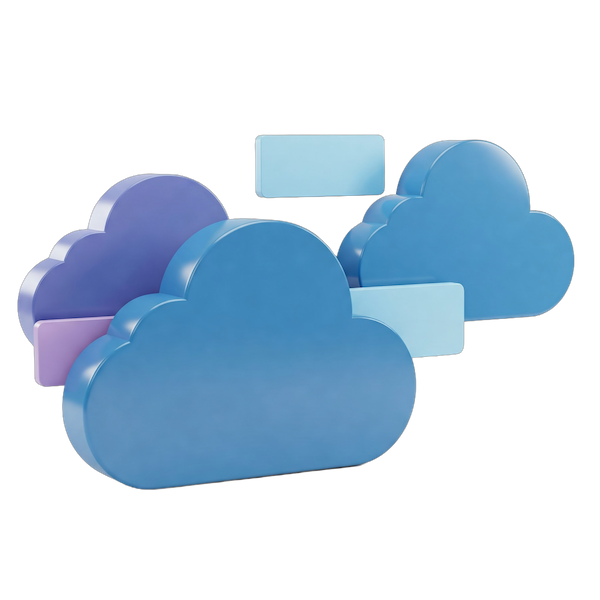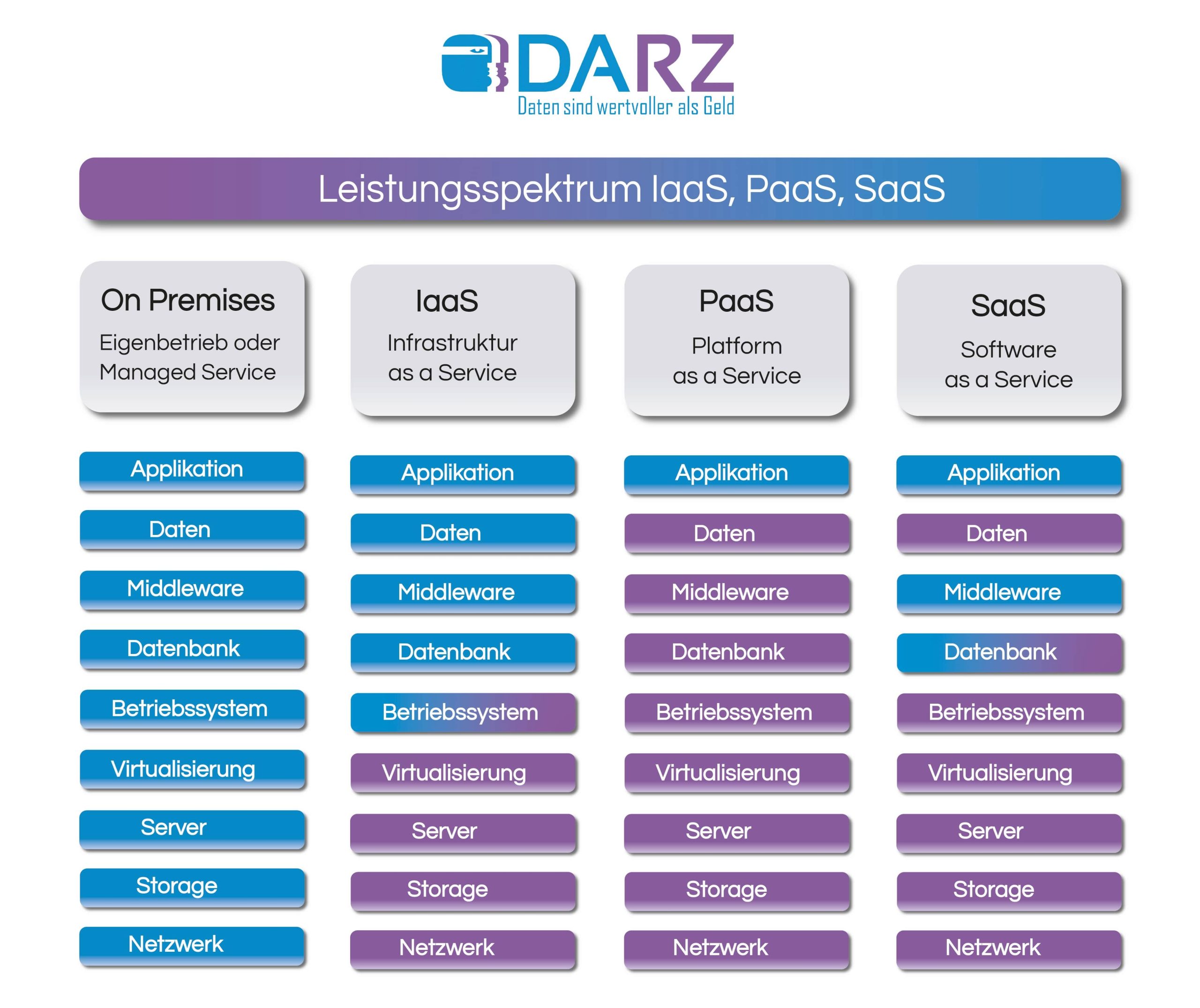Secure, Scalable, Connected
What is Multi Cloud?
Multi Cloud is the practice of using the services of multiple cloud providers to combine and optimize the best possible services. This significantly increases flexibility and reduces the risks associated with dependence on a single provider.
As with any IT investment, there are advantages and challenges to introducing a multi-cloud strategy.


Advantages of using multi cloud platforms
- Elimination of provider dependence:
By supporting multiple service providers, companies reduce the risk of being dependent on a single service provider’s services and pricing. - Reliability and redundancy:
Distributing your workloads across service providers hosted by multiple service providers helps reduce the impact on your network and business operations when a service provider experiences an outage or service interruption. - Access to specialized services:
Instead of referring to a service provider’s products and services, a multi-cloud approach allows you to choose the services, infrastructure, and solutions that meet your specific needs. - Geographic diversity and compliance:
With multiple cloud providers, companies can replicate and distribute data across different geographic regions. It’s easier for companies to adhere to specific regional regulations and ensure data sovereignty and compliance in different locations.
New Challenges
- Cloud administration and management:
Managing multiple service providers means dealing with different interfaces, APIs, security models, and service levels. All of this can make management and monitoring complicated. - Data security and compliance:
Coordinating security measures such as data encryption, access control, and compliance across multiple service providers requires strategies to ensure consistent security standards. - Cost control and management:
Since pricing structures and services vary from service provider to service provider, cost optimization for multiple cloud providers requires monitoring. - Latency issues:
Communication between apps and services that are distributed across different clouds can lead to network delays.
We at DARZ GmbH support you with all these challenges and try to achieve the maximum benefits from the different approaches with our solutions.

